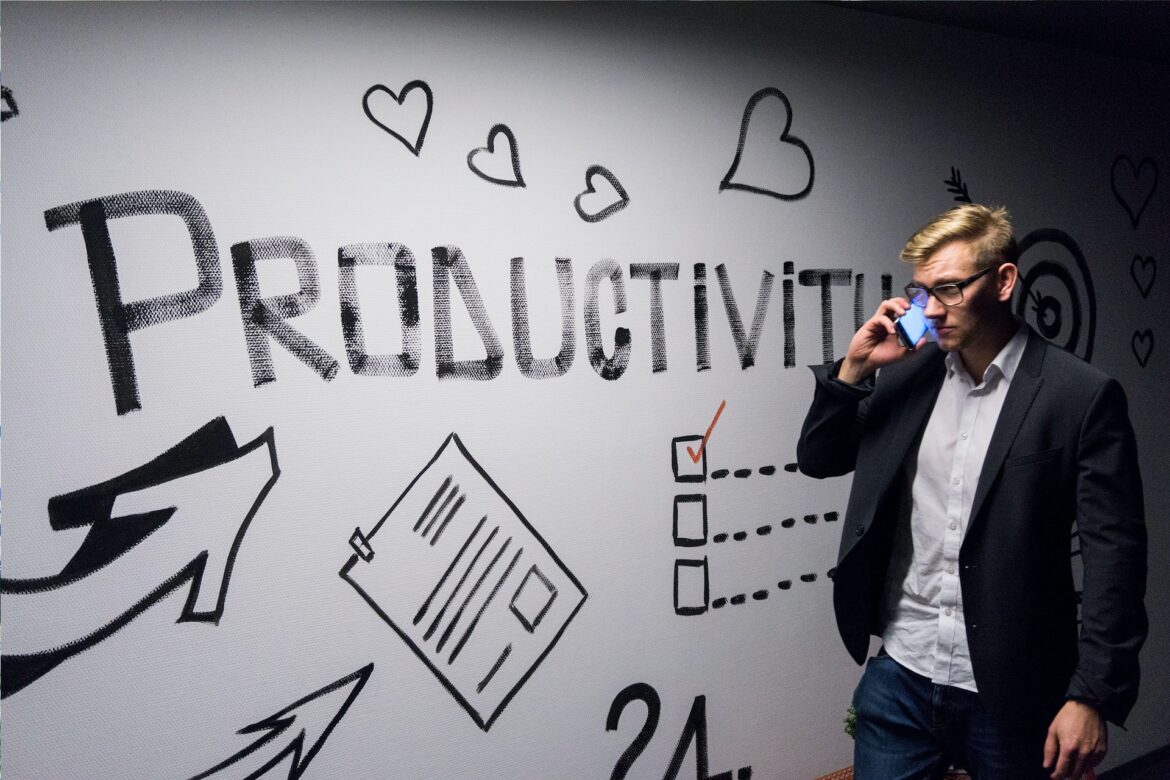“Procrastination is the thief of time, but with the right strategies, you can become the master of your moments.”
“Procrastination is like a credit card: it’s a lot of fun until you get the bill.”
We’ve all been there. There’s a task on your to-do list, something important and meaningful, but you keep pushing it off until later. Procrastination can be a persistent and sneaky enemy of productivity, causing stress, missed opportunities, and a sense of unfulfillment. The good news is that overcoming procrastination is not only possible but also achievable with the right strategies and mindset.
In this article, we will explore three highly effective techniques for conquering procrastination and revving up your productivity engine.
1. The Pomodoro Technique: Time Management with Intervals
One of the primary reasons for procrastination is the feeling of being overwhelmed by a task’s magnitude. The Pomodoro Technique is a simple yet powerful method that helps you break tasks into manageable chunks, making them less daunting and more achievable.
How It Works:
- Choose a Task: Select the task you want to work on. It could be anything from studying for an exam to cleaning your closet.
- Set a Timer: Set a timer for 25 minutes (this is one “Pomodoro”). During this time, you focus exclusively on the chosen task, eliminating distractions.
- Work Actively: Dive into the task with full concentration until the timer rings. If you think of something else you need to do, jot it down and get back to your current task.
- Take a Short Break: After completing one Pomodoro, take a 5-minute break. Use this time to stretch, grab a snack, or relax briefly.
- Repeat: Continue with this cycle. After completing four Pomodoros, take a longer break of 15-30 minutes.
Why It’s Effective:
- Fights Procrastination: Knowing that you only have to focus for 25 minutes makes it easier to start working on a task.
- Boosts Concentration: The timer creates a sense of urgency, helping you stay focused during the work period.
- Prevents Burnout: Frequent breaks prevent burnout and maintain productivity throughout the day.
2. The Two-Minute Rule: Tackle Small Tasks Immediately
The Two-Minute Rule, popularized by productivity expert David Allen in his book “Getting Things Done,” is a fantastic way to prevent small tasks from piling up and causing procrastination.
How It Works:
- Identify Small Tasks: As you come across small tasks that will take less than two minutes to complete, do them immediately. These can be replying to an email, jotting down a quick note, or putting away dishes.
- No Delay: The rule is simple: if it will take less than two minutes, don’t postpone it or add it to your to-do list.
Why It’s Effective:
- Reduces Mental Clutter: Completing quick tasks immediately frees your mind from nagging thoughts, reducing mental clutter and anxiety.
- Builds Momentum: Small wins throughout the day create a sense of accomplishment and motivation to tackle more substantial tasks.
- Prevents Task Accumulation: By addressing small tasks promptly, you prevent them from accumulating and turning into larger, more daunting tasks.
3. The Eisenhower Matrix: Prioritizing What Matters Most
Procrastination often stems from a lack of clarity about task priorities. The Eisenhower Matrix, also known as the Urgent-Important Matrix, helps you categorize tasks based on their importance and urgency.
How It Works:
- Four Quadrants: Create a grid with four quadrants.
- Quadrant 1 (Urgent and Important): Tasks that require immediate attention. These are your top priorities.
- Quadrant 2 (Not Urgent but Important): Tasks that are important but not time-sensitive. These are tasks you should schedule.
- Quadrant 3 (Urgent but Not Important): Tasks that are urgent but don’t contribute significantly to your long-term goals. Minimize these if possible.
- Quadrant 4 (Not Urgent and Not Important): Tasks that are neither urgent nor important. These can often be eliminated.
- Categorize Tasks: Place each task from your to-do list into one of these four quadrants based on its importance and urgency.
- Prioritize: Focus on tasks in Quadrant 1 (Urgent and Important) first. Then, allocate time for tasks in Quadrant 2 (Not Urgent but Important).
Why It’s Effective:
- Clarity: The matrix provides clarity on what tasks are truly important and what can wait.
- Prevents Firefighting: By tackling tasks in Quadrant 1, you can reduce last-minute crises and constant firefighting.
- Strategic Planning: Quadrant 2 encourages strategic planning and long-term goal achievement.
Procrastination can be a formidable adversary, but armed with the right strategies, you can overcome it and enhance your productivity. The Pomodoro Technique helps you manage time effectively, the Two-Minute Rule prevents small tasks from accumulating, and the Eisenhower Matrix ensures you prioritize what matters most.
Remember, breaking tasks into smaller, manageable steps, addressing quick wins immediately, and having a clear understanding of task priorities can significantly boost your productivity. So, the next time procrastination knocks on your door, you’ll be well-equipped to show it the way out.
As you implement these techniques into your daily routine, you’ll find that procrastination loses its grip, and your productivity soars. Embrace the power of these strategies and watch your to-do list transform from a source of stress to a vehicle for accomplishment and personal growth.
“You may delay, but time will not.” – Benjamin Franklin

